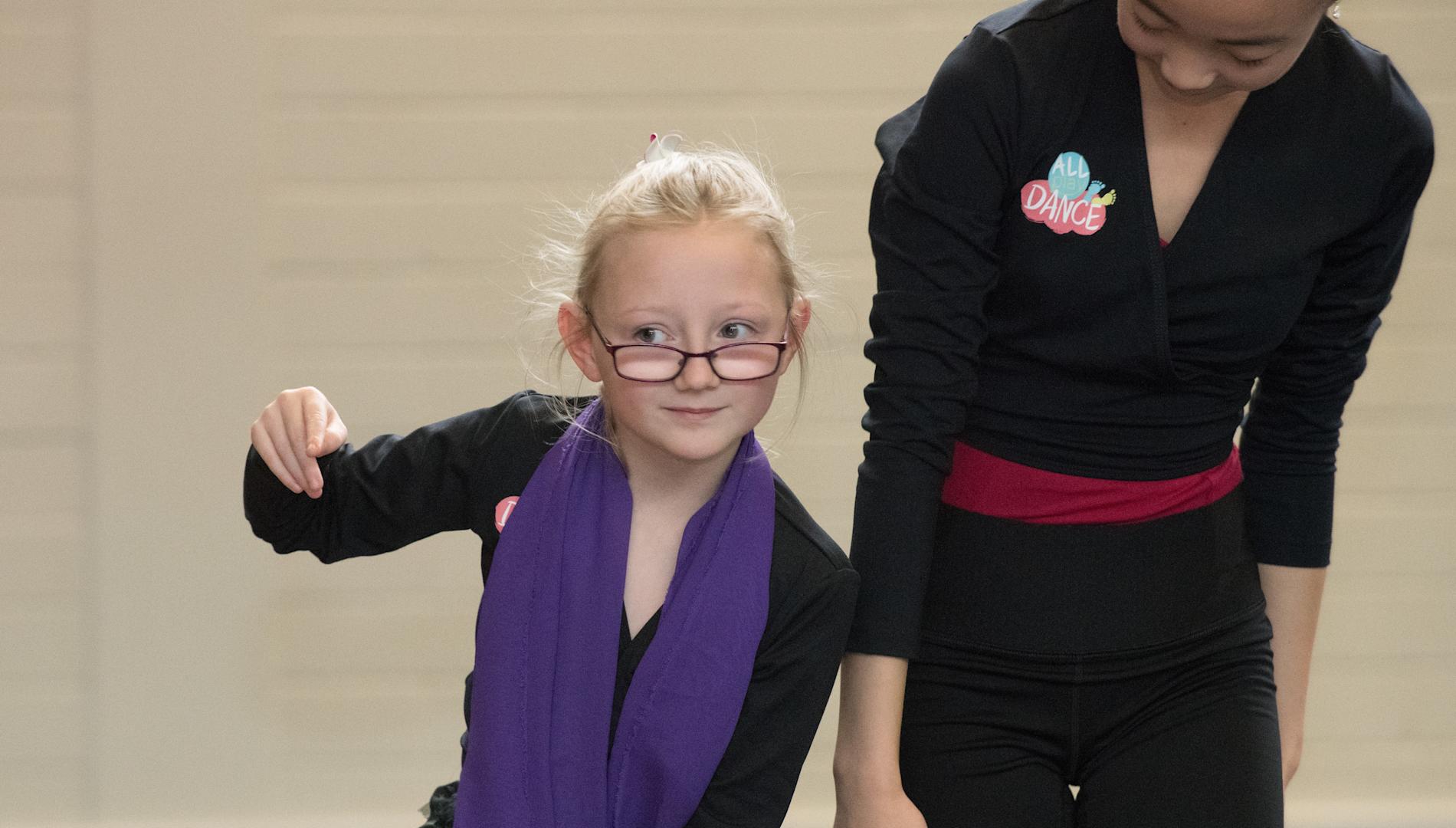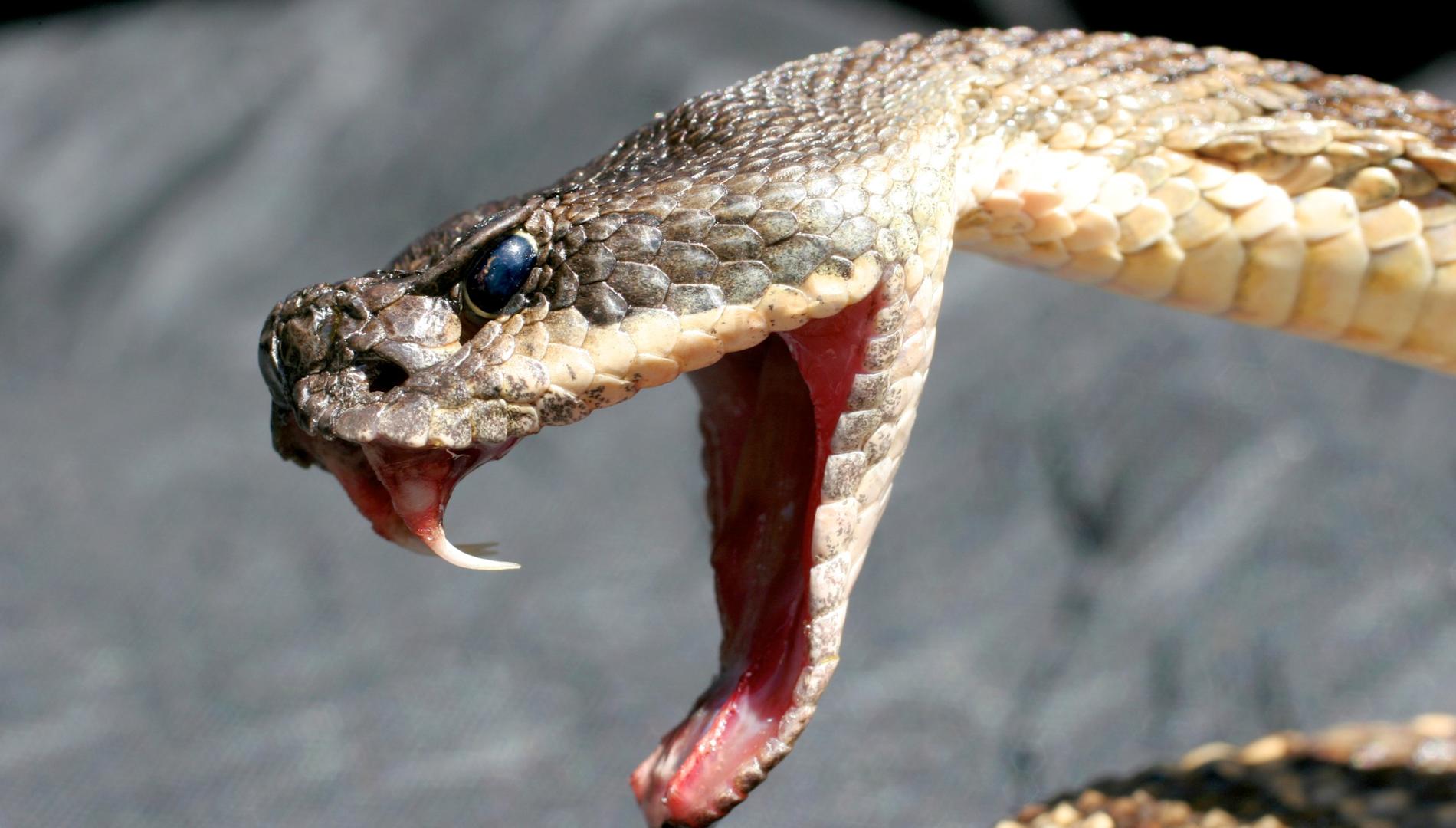Fashion industry embraces sustainability and ethics as consumers demand: "Who made my clothes?"
The fashion world is changing. Beauty, style and design ingenuity remain the cornerstones of the industry, but two new terms have entered the fashion lexicon, and it looks like they're here to stay.
Sustainability and ethical production are becoming central to fashion design and production, and brands that only focus on mass production risk being publicly shamed – and commercially impacted in the long run.
Consumers are beginning to seriously consider where, exactly, their clothes come from.
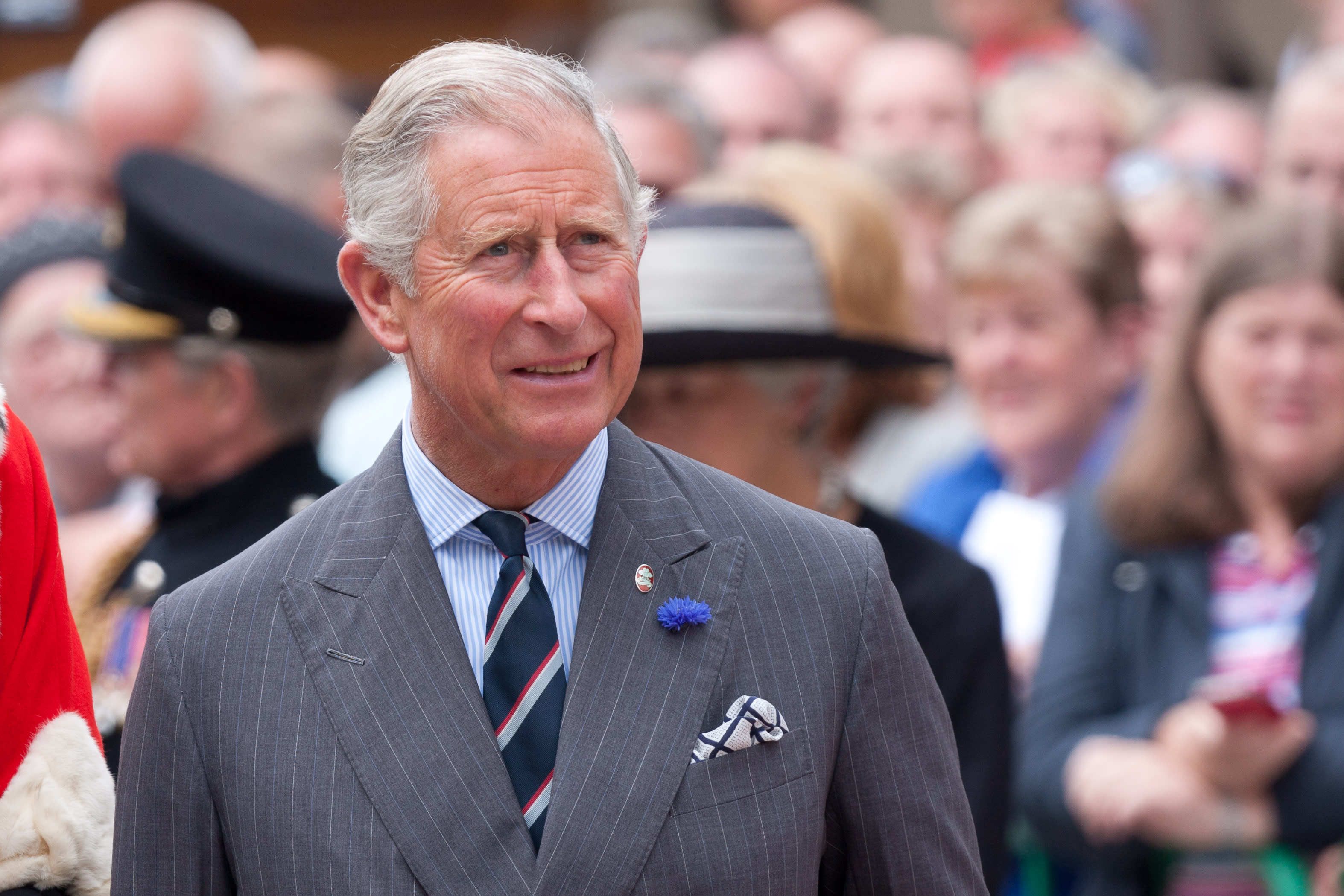
Even the royals are on board. While visiting Australia for the Commonwealth Games, Prince Charles told the Australian Financial Review Magazine that he was a fan of sustainable fashion, particularly wool.
“Wool lasts, and as my campaign has demonstrated on many occasions, at the end of its life, it will biodegrade and enrich the soil in which it is buried,” he said.
“Recent research has shown that it will even biodegrade in sea water. It also has remarkable resistance to fire, unlike man-made synthetic fibres, which are highly flammable and made from fossil fuel.”
Aleasha McCallion, who worked in the ethical and sustainable fashion space before joining Monash Sustainable Development Institute as operations coordinator, said it was the 2013 Rana Plaza building collapse in Bangladesh that forced the world to take notice of the reality behind the glamour.
In response to the catastrophe, which killed 1134 and injured another 2500, organisations such as Fashion Revolution, a not-for-profit body of academics, designers, students and citizens, were established. Its campaign encouraged consumers to ask: "Who made my clothes?"
“There are some Australian fashion brands that are demonstrating leadership in this space, such as Good Day Girl, A.BCH, Citizen Wolf and many others,” McCallion says. “I was so impressed to see that Fashion Revolution Australia New Zealand had shared on their social media that two new volunteer student ambassadors were from Monash University.”
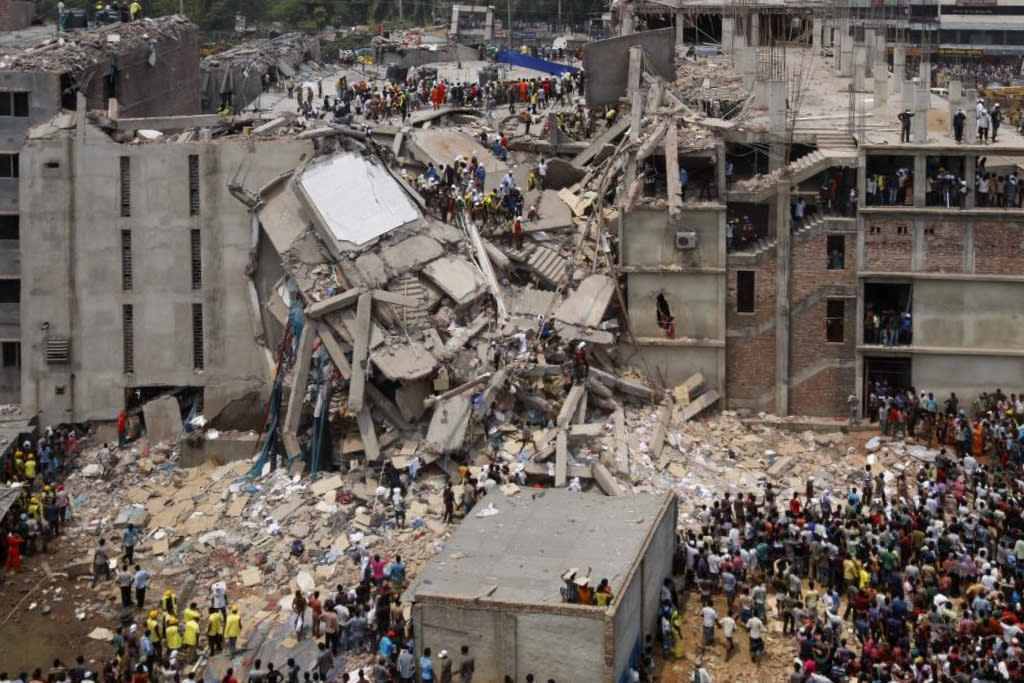
McCallion says the fight for ethical and sustainable fashion practices is a multifaceted battle, and research is a fundamental component.
“At Monash, we have impressive education and research that impacts a sector like fashion, which is one of the largest polluting industries in the world – research in areas such as water management, climate, energy, low carbon emissions pathways and behaviour change, for example.
"As individuals, it’s actually surprising how much impact we can have with our choices and behaviour. We can choose well, buy and wash less, mend, swap and take care of our clothes," she says.
Amrik Sohal, a professor in the Department of Management at Monash Business School, and director of the Australian Supply Chain Management Research Unit, studies manufacturing, quality management and technological innovations in the manufacturing industry, and believes the changing attitudes of today’s consumers are beginning to alter the production practices of fashion and retail brands.
“In some apparel-manufacturing countries, we're seeing some well-established companies beginning to invest in innovation," he says.
"In Sri Lanka, for example, which has a longer-established apparel industry and many more ‘advanced factories’ that make more use of new technologies than Bangladesh, we're seeing local universities offering design and fashion development courses, as well as innovation centres being established by local companies.”
"Fast fashion means manufacturers have to develop and deliver products rapidly, and those using traditional methods of human labour won't be able to keep up."
Professor Sohal says innovations such as 3D design systems and advanced production technologies are changing the industry tradition of design work done in Paris or Italy and then sent off for production to countries such as Bangladesh, Indonesia and China.
“These innovations now enable manufacturers to go from the original idea for a product to delivery in less than two weeks.”
This in turn is creating a new industry of designers who are directly developing products and services, and even upskilling locals to develop their own brands that are delivered by technology instead of human labour.
"Fast fashion means manufacturers have to develop and deliver products rapidly, and those using traditional methods of human labour won't be able to keep up," he says.
Although this arguably improves the labour ethics in the fashion industry, what happens to these garments when they're discarded is another matter.
Monash is addressing issues of sustainability by embedding ethical thinking and design into the fabric of its courses and discourses. More subjects on sustainable design are being offered, and students, researchers and graduates are using art as a means of looking more deeply into consumption and its impact on the environment.
For a good cause: the customer in control
Monash alumnus Jeremy Meltzer founded his social enterprise i=Change to help women and girls from impoverished communities gain access to basic rights and amenities.
“The genesis of [i=Change] came when I was studying arts at Monash,” he says. “I took a few marketing subjects, and in one class about cause marketing, I remember seeing a pink ribbon on a water bottle and thinking, ‘There’s got to be a better way of doing this’.”

“Back then, brands would commit to a month, have a campaign and then cap out. It didn't smell or feel authentic, because it wasn’t. And if it’s not authentic, customers will switch off.”
What if, he thought, instead of asking customers to donate to a worthy cause, brands could do it on their behalf – but according to the customer's choice?
“With i=Change, the [retail] brand commits to giving back a dollar with every sale, but the customer chooses where it will go out of the projects available,” Meltzer explains.
“It’s a partnership agreement. The brand chooses the issue they care about – three projects out of our gallery of 28 – and then we get their branding, logo and colour and create their platform, install it on their website and with every sale, the amount they’ve raised can be seen in real time.”
i=Change so far has signed up 45 retailers, including Pandora, Camilla and The Fifth.
Projects range from helping Rohingya Muslim women and girls gain access to sanitary products at the makeshift refugee camp in Bangladesh, to feeding Australians in crisis.
“We've been able to help the various NGOs we work with provide better care for 130,000 women and girls in 14 countries,” he says.
Count your lucky charms: art as an agent of social change
Hong Kong-born contemporary artist Kate Beynon recently completed her PhD at MADA (Monash Art, Design and Architecture). Her thesis, Other worlds: Creatures of the in-between, included a large survey-style exhibition at the Glen Eira City Council Gallery last year in Caulfield.
Beynon drew on a long-time fascination with lucky symbols and the presence of mythical creatures such as monsters, animals and supernatural figures in contemporary art, analysing the ways in which they relate to cultural identity, hybridity and feminism.
Beynon’s work is held in collections including the TarraWarra Museum of Art, Monash University Collection and Geelong Gallery. Her painting Graveyard Scene/the beauty and sadness of bones was awarded the 2016 Geelong Contemporary Art Prize.
Working with mixed media and across art forms is a way for Beynon to express her desire to create social change through art.
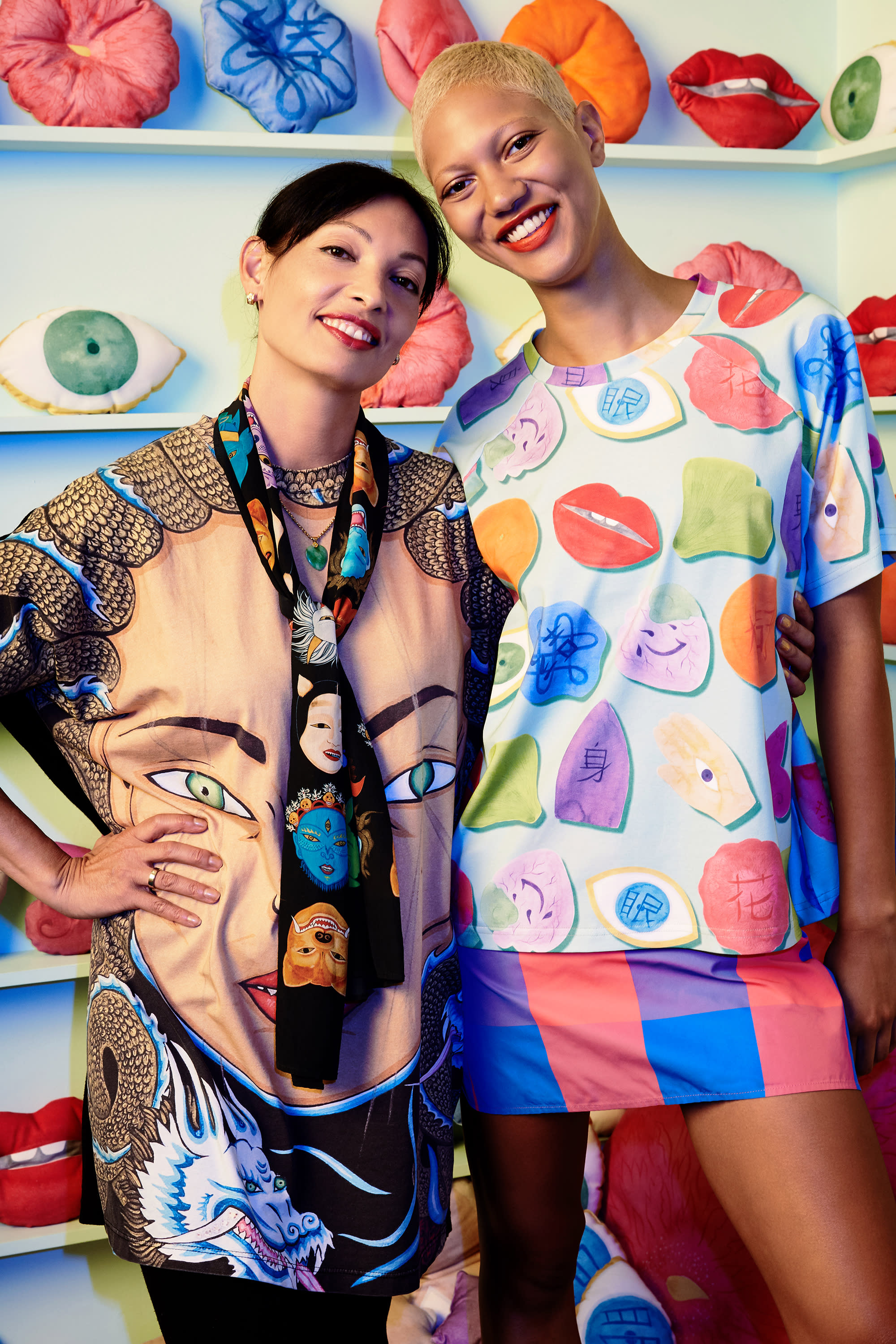
“It’s a chance to think about mixture in Australia, and the potential of the arts for positive social change, especially in respect and support of Indigenous, migrant and refugee communities,” she says.
Beynon’s ties to the Australian art scene run deep, so when the Museum of Contemporary Art (MCA) invited her to guest-curate the gallery as part of MCA’s ARTBAR series, she jumped at the chance to organise an evening of vibrant art, film screenings, workshops, artists talks, dance, DJ and live music performances and projections — which also contributes to social good.
“Last year, I was commissioned by the MCA to create an installation for the Jackson Bella Room, which is a dedicated immersive and inclusive space within the MCA’s National Centre for Creative Learning, for audiences to engage with contemporary art through sensory experiences,” Beynon explains.
“I designed 600 reversible cushions based on 11 lucky charm symbols, intended to be visually compelling and very tactile — so they can be moved around, rearranged, placed into patterns; and almost like hieroglyphs or emoticon messages by people who might also bring their own associations of meaning,” she says.
The project was done in collaboration with Melbourne-based The Social Studio, which, along with sister organisation The Social Outfit (Sydney), helps provide training, employment opportunities and creative pathways in the fashion industry for youth and people from refugee and new migrant communities.
In 2017, Beynon collaborated with The Social Outfit to create a striking range based on her Room of Lucky Charms. The Kate Beynon X The Social Outfit capsule collection is printed on ethically sourced fabric and all ethically made on site at The Social Outfit’s Newtown studio.
"It's a wonderful way for my artwork to connect with people and come to life through wearable design and ethically made fashion," she says.
Teddy bears as fashion statement
Jade Spokes was amazed when she found out how many donations op-shops throw out.

“A lot of op-shops discard items that just cannot be resold,” she says. “And so, since my work has always revolved around what we discard and how that reflects on society and on us as individuals, I thought I’d start with examining what is rejected from op-shops, and why.”
Spokes, a third-year fine arts student, has always been interested in recycling, and mindful of her environmental footprint.
As a vegan, she's also very conscious of her food choices and the treatment of animals, so she created a “fur” coat out of discarded teddy bears. Her peers, friends and teachers had a surprising reaction.
“People started describing what I was doing to the teddy bears as ‘skinning’ them,” Spokes says. “It was a very strong and emotionally-driven reaction to a project that was meant to be a play on the fashion industry, since fur coats are considered so high-end and luxe."
“A lot of these people – themselves meat eaters – were telling me my work was disgusting, that I was tearing up an emblem of childhood for research.”
Beyond her "controversial" teddy bear coat, Spokes has also worked with plastics and cement to create fashion couture. Her dream is to change society’s relationship with waste, and turn it into a statement – or at least a viable material.
She says art is a gateway to difficult conversations, and that through art we can explore the questions and answers that could lead to tangible solutions.
“There's a big overlap between society and fashion, but it’s not accessible to everyone,” she says.
“Working with plastics (and other recycled materials) has made me realise that it would be interesting to turn the fashion industry on its head. For example, what if no one was allowed to use new materials, and just had to use recycled materials? Would you still be able to be self-sustainable as a fashion brand?”
“These are just some of the types of conversations we can open through art,” she says.




